Protected: Lab 22, Station 5: Overview: Pelvic Organs and Vessels
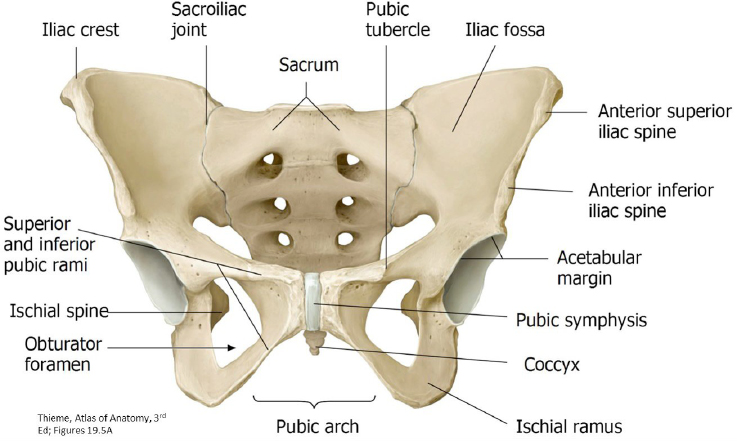
There is no excerpt because this is a protected post.
Protected: Lab 22, Station 4: Male Perineum (Urogenital Triangle)

There is no excerpt because this is a protected post.
Protected: Lab 22, Station 3: Female Perineum (Urogenital Triangle)

There is no excerpt because this is a protected post.
Protected: Lab 6: Carpal Tunnel and Palmar Hand
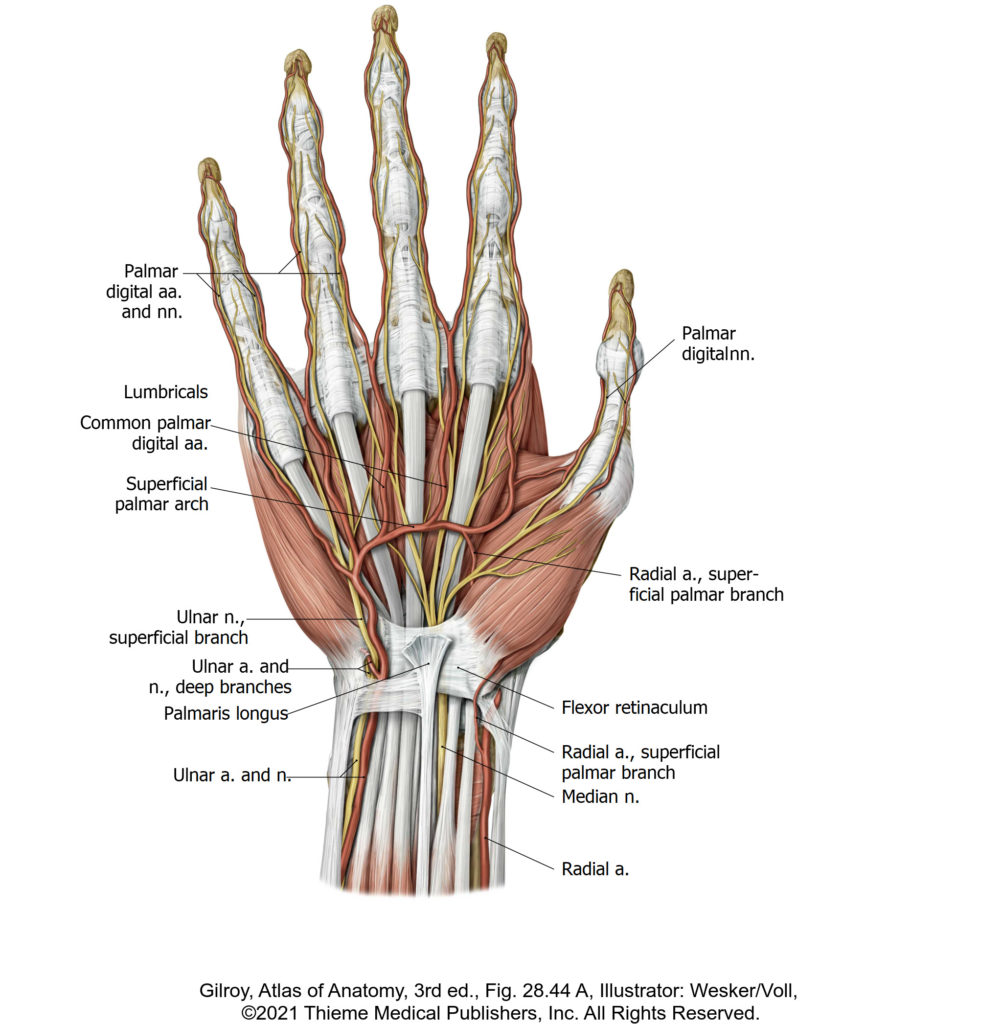
There is no excerpt because this is a protected post.
Protected: Lab 4: Dissection: Axilla, Brachial Plexus, and Arm
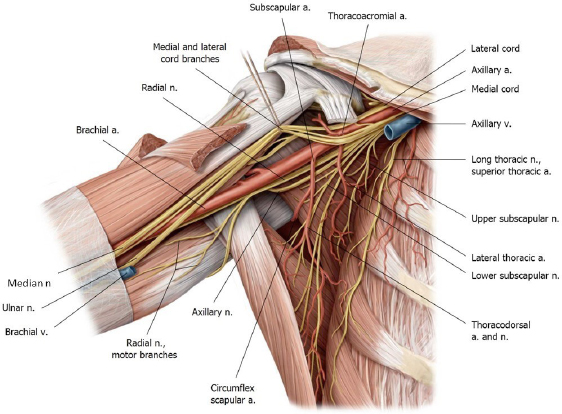
There is no excerpt because this is a protected post.
Protected: Lab 5: Cubital Fossa, Elbow, and Anterior Forearm
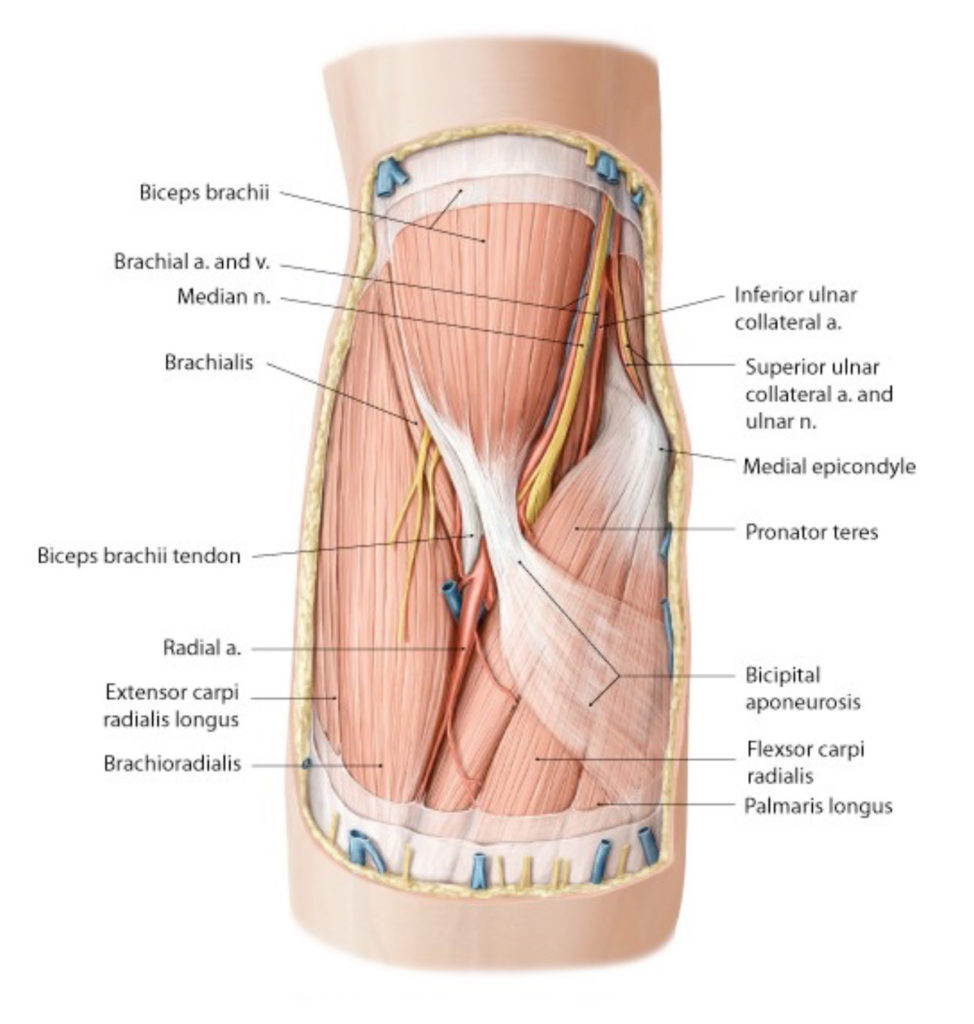
There is no excerpt because this is a protected post.
Head and neck development
Optional reading Langman’s Medical Embryology: Chapter 17, Head and Neck. The relevant sections are: Introduction, Pharyngeal Apparatus, Thyroid Gland, and Face. Most of the events that produce the definitive anatomy of the head and neck are covered in this chapter. The pharyngeal apparatus (the source of the primordial tissues) is discussed first, followed by detailed […]
Overview of the neck viscera; thyroid and parathyroid glands
Optional reading Moore, Clinically Oriented Anatomy, 7th ed., Viscera of neck section through Nerves of parathyroid glands. In thinking about the overall architecture of the neck, it can be organized into 4 units: 1. Visceral unit The visceral unit contains the neck’s visceral organs (the focus of this chapter). It is located anteriorly. 2. Vertebral […]
Protected: Lab 3: Dissection: Shoulder and Pectoral Region
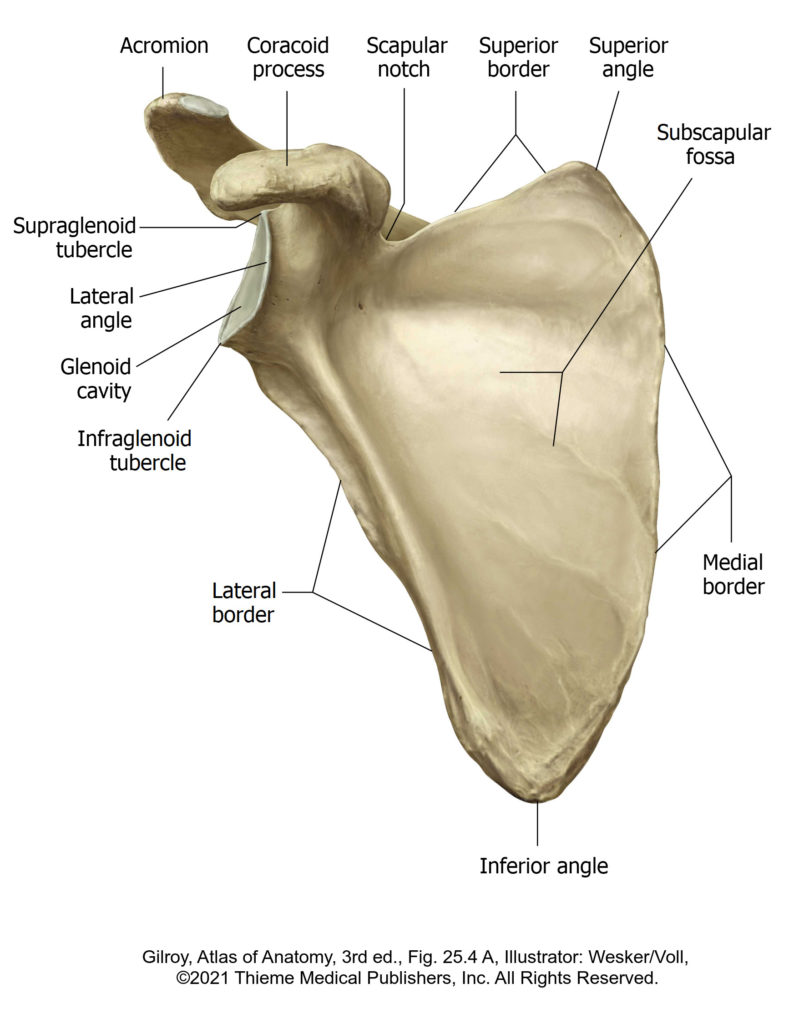
There is no excerpt because this is a protected post.
Protected: Lab 2 Introduction: Vertebral Column; Spinal Cord; Spinal Nerves; Back Muscles
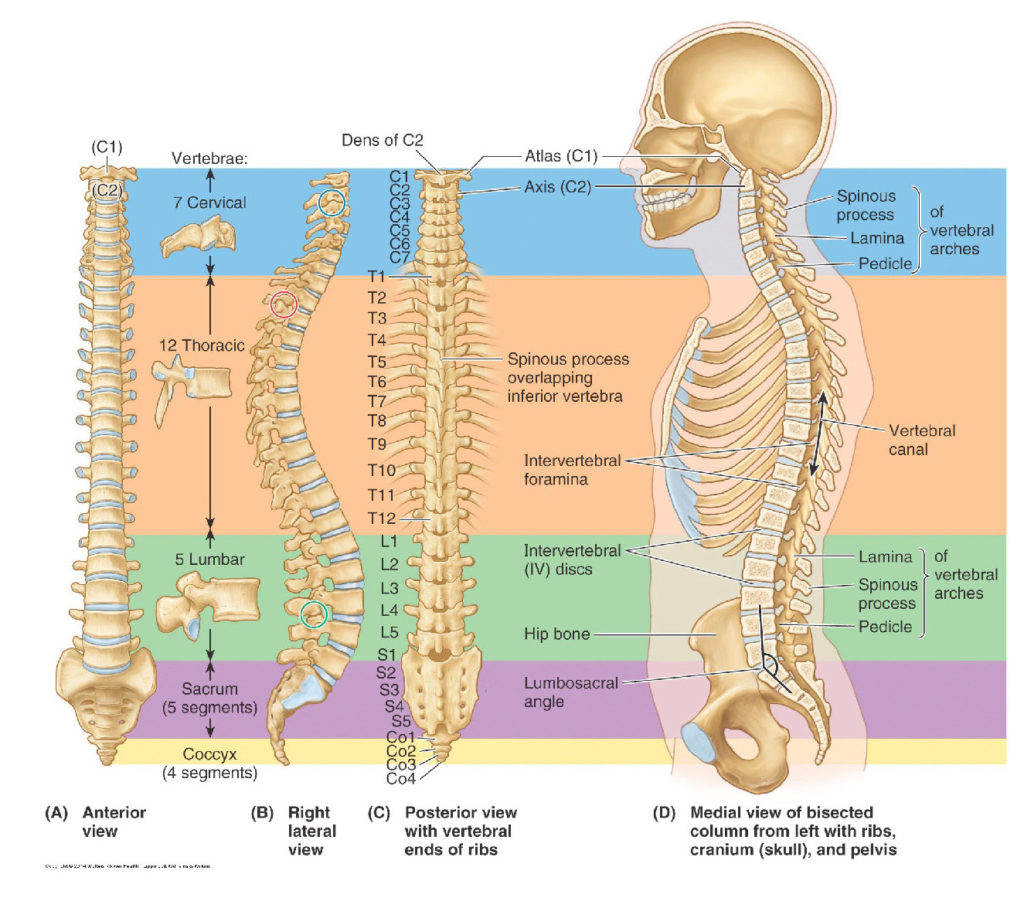
There is no excerpt because this is a protected post.